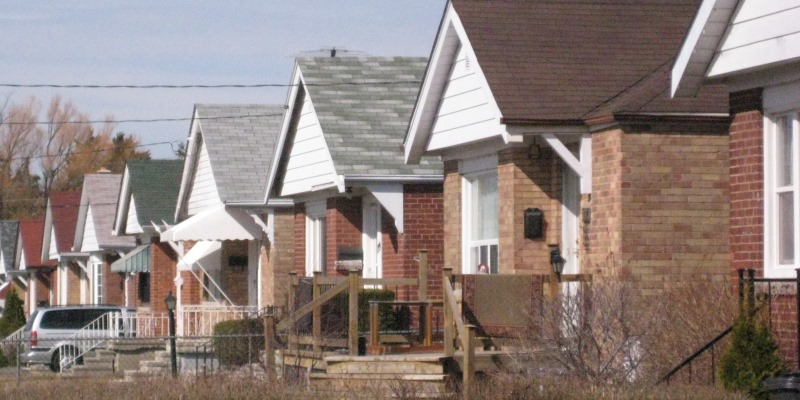All three major political parties ignore real solutions to Ontario’s housing crunch

With the Ontario election fast approaching, voters want robust discussion on important issues facing the province. Unfortunately, on the crucial issue of housing affordability, constructive proposals and meaningful debate have been lacking.
The situation, however, is clear. Home prices in the Greater Toronto Area (GTA) have risen almost 50 per cent since the last provincial election in June 2014, despite a recent dip. While the rise in prices benefitted many existing owners, the high prices have hurt anyone looking to enter the market.
According to recent research by the Canada Mortgage and Housing Corporation (CMHC), much of the increase in housing prices is due to a combination of strong demand and an inability of cities in the region to adequately respond with the construction of new housing units. Indeed, in the City of Toronto, new listings only stay on the market 16 days (on average) compared to 39 days in Calgary, for example. Similarly, the GTA-wide rental unit vacancy rate hovers around one per cent compared to almost three per cent in the greater Montreal area, where average rents are also much cheaper.
In short, the cost of buying or renting a home—especially in the GTA—is increasingly out of reach for many Ontarians—and again, this is largely due to a significant shortage of available homes.
To be clear, all three major Ontario political parties have made promises about housing.
For example, both the governing Liberals and the Progressive Conservatives promise, if elected next month, to maintain last year’s expansion of rent control (a policy capping rent increases), while the New Democratic Party promises even more regulation of rents. This tri-partisan consensus is particularly disappointing given the nearly unanimous opposition to rent control among economists, who note that capping rent increases reduces the incentive to build new housing and forces landlords to cut corners on maintenance and improvements to existing rental units.
Instead of focusing on discredited policies such as rigid rental controls, the parties should propose credible plans to reduce housing costs in Ontario’s most expensive cities by increasing the supply of housing units to respond to growing demand. Otherwise, if supply can’t keep pace with demand, and rental vacancy rates remain below one per cent, rents will go up.
The same goes for would-be buyers, who face the inevitable bidding wars (and price increases) that result from too few units for too many bidders. If Ontario’s major parties want to get serious about tackling the cost of living in the GTA and beyond, they can look south of the border for ways to grow the housing supply.
In Massachusetts, for example, the state government recently introduced zoning reform legislation, allowing for more flexible housing such as basement suites in communities that would otherwise forbid or restrict them. Similarly, there are ongoing efforts in California to pass a bill allowing increased density (rather than capped density) near rapid transit stations, encouraging the construction of new units where they’re most needed.
In both cases, state governments aim to free-up urban land for additional homes. Needless to say, we’ve seen nothing like these smart supply-focused housing policies at Queen’s Park, from the Wynne government or its recent predecessors.
Precious little time remains before election day in Ontario, but that doesn’t mean it’s too late for political parties and their leaders to offer ideas to help grow the housing supply in the province’s most expensive cities—especially when the stakes are so high for so many Ontarians. By continuing to ignore the supply side of the housing equation, Ontario’s three major parties can only guarantee more of the same on the housing front—high prices and low vacancies. Ontarians deserve better.


